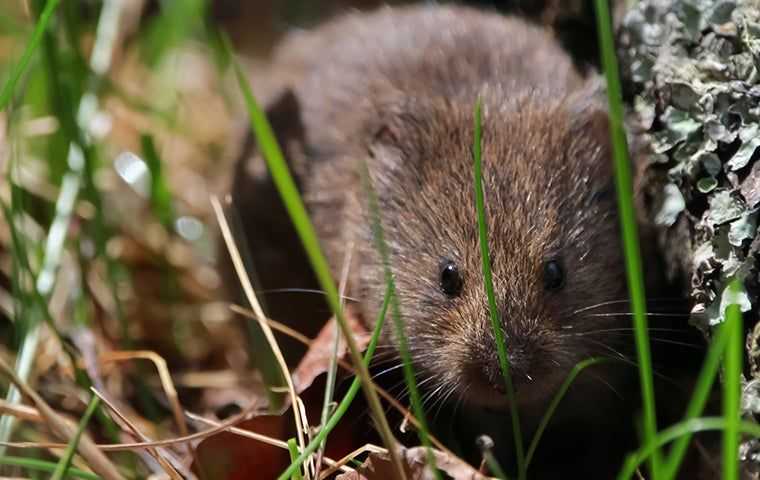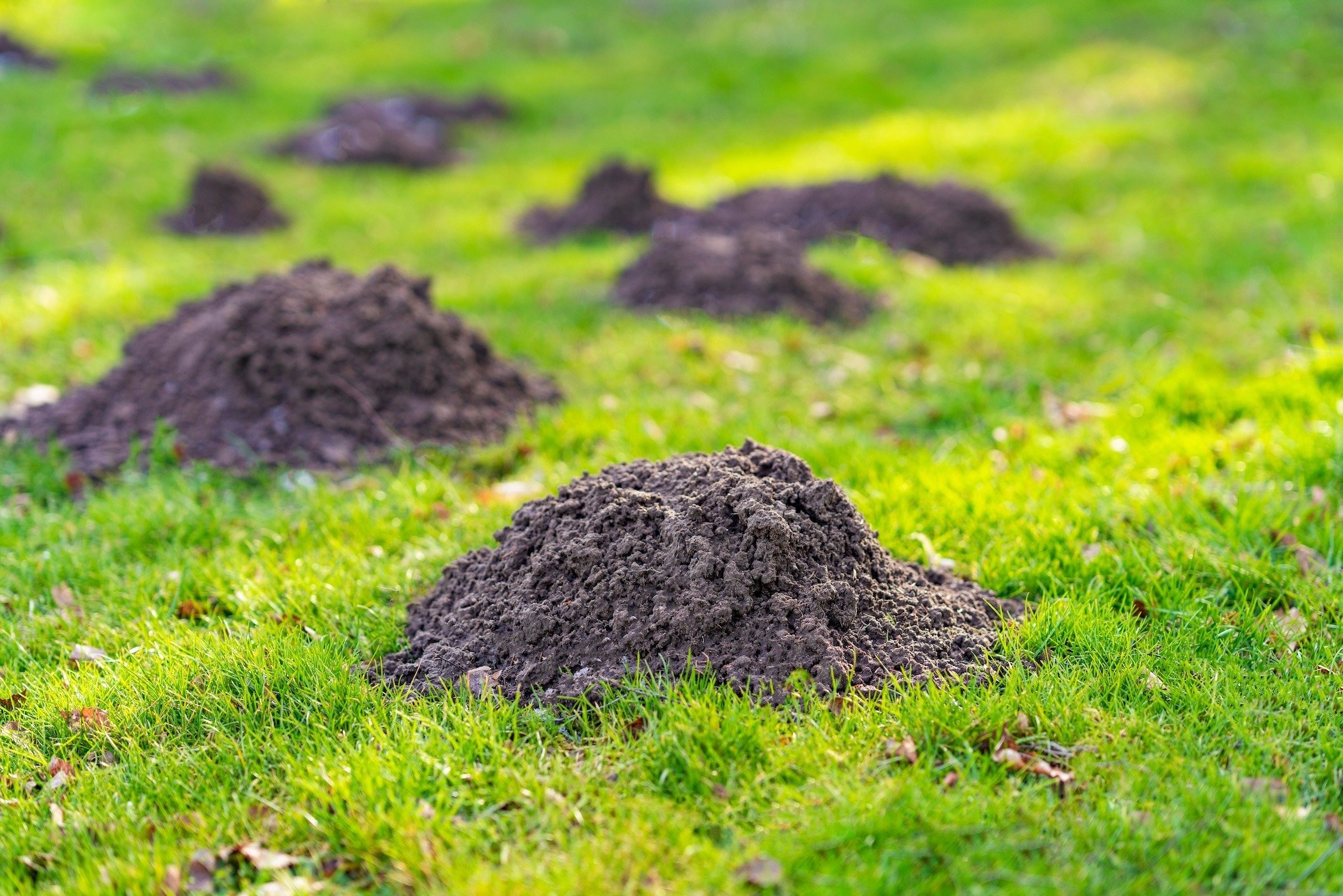Letting Loose the Power of Vole Bug Control: Advanced Techniques for Infestation Elimination and Therapy

Vole Parasite Identification and Assessment
Voles, small rats that appear like mice but have much shorter tails, are generally identified insects in yards and lawns, calling for comprehensive evaluation to determine the degree of their invasion. Recognizing voles entails identifying their distinct features, such as their stocky bodies, brief legs, and small eyes. They are typically around 3 to 9 inches long and can vary in color from grey to brownish.
Evaluating vole invasions is vital for carrying out efficient bug control approaches. Indications of vole presence consist of paths in grassy areas, damaged vegetation, and tiny burrow openings near the surface. By checking these signs, home proprietors can determine the extent of the invasion and create appropriate eradication methods.
To precisely assess vole populaces, people can establish bait terminals or traps to record and count the rats. Furthermore, observing vole activity patterns can offer insights right into their numbers and distribution across the damaged area. By carrying out a thorough analysis, individuals can tailor their parasite control approach to successfully combat vole problems in backyards and yards.
Cutting-Edge Trapping Strategies

One more ingenious capturing technique involves using electronic traps that provide a fast and gentle electric shock to eliminate voles instantaneously. These traps are created to be secure for use around pet dogs and youngsters while providing a highly reliable approach of vole control. In addition, some electronic catches are outfitted with sensing units and remote surveillance capabilities, enabling homeowners to track vole task and trap condition from a range, enhancing the total effectiveness of vole bug control efforts. By including these sophisticated capturing methods into insect administration techniques, house owners can take on vole invasions with accuracy and empathy.
Strategic Exclusion Techniques
Implementing tactical exclusion techniques is important in preventing vole problems and securing gardens and yards from damages created by these pests. One reliable technique is the installation of equipment cloth barriers. These obstacles ought to be buried at least 12 inches deep and increase 6 inches above the ground to avoid voles from delving beneath or climbing over them. Additionally, trimming shrubs and trees to maintain a clear space between the plants and the ground can help minimize vole shelter and concealing spots.
One more crucial exclusion method is the use of crushed rock or rock mulch he said rather of organic compost. These entrance factors should be sealed with products like concrete or metal blinking to avoid vole access.
Eco-Friendly Repellents and Deterrents
Using eco-friendly repellents and deterrents is a sustainable strategy to handling vole populaces and reducing damages to gardens and lawns. Environment-friendly options are obtaining popularity due to their efficiency in repelling voles without creating harm to the atmosphere, animals, or valuable wildlife. One usual environmentally friendly approach is making use of all-natural vole repellents such as castor garlic, oil, or killer urine, which develop undesirable scents for voles, driving them far from dealt with locations.
Another environment-friendly deterrent is using physical barriers like cord mesh or equipment towel to safeguard prone plants and light bulbs from vole damages (vole control). These obstacles work as a precautionary measure against vole breach while permitting appropriate aeration and water drainage in the soil
Furthermore, presenting vole predators like owls or mounting nest boxes can help naturally control vole populations in a yard or yard. By motivating all-natural predators, a balanced ecological community can be kept without the requirement for hazardous chemicals or catches. In general, integrating environment-friendly repellents and deterrents in vole bug control approaches advertises environmentally aware and lasting practices.
Integrated Parasite Monitoring Solutions
An alternative approach to taking care of vole populaces and mitigating damages in yards and lawns includes the thorough method of Integrated Parasite Administration Solutions. Integrated Parasite Management (IPM) combines different strategies to deal with vole infestations properly while reducing environmental influence. This strategy integrates biological, cultural, physical, and chemical control techniques to accomplish long-lasting pest control.
One secret facet of IPM is the focus on prevention. By carrying out YOURURL.com actions such as habitat alteration, exclusion methods, and maintaining proper yard health, property owners can create environments less for vole habitation. Furthermore, biological controls, such as introducing all-natural killers or using vole-resistant plant ranges, can help company website handle vole populations without resorting to chemical interventions.
This minimizes the overall chemical load on the ecosystem while successfully taking care of vole populaces. By adopting Integrated Parasite Administration Solutions, home owners can achieve sustainable vole bug control while promoting ecological community health and wellness in their lawns and yards.
Final Thought
In conclusion, the innovative strategies for vole insect control gone over in this post provide efficient services for problem eradication and therapy. These approaches supply an extensive approach to vole pest control for long-lasting success.
As the perseverance of vole invasions proceeds to challenge residential property owners and farming experts alike, the mission for much more reliable and effective bug control approaches increases. In addition, some digital traps are furnished with sensing units and remote monitoring abilities, making it possible for property owners to track vole task and catch status from a range, boosting the overall performance of vole parasite control initiatives. One usual environmentally friendly approach is making use of natural vole repellents such as castor predator, oil, or garlic pee, which develop unpleasant scents for voles, driving them away from treated areas.
Furthermore, presenting vole killers like owls or setting up nest boxes can assist naturally control vole populaces in a yard or lawn - vole pest control. By taking on Integrated Bug Administration Solutions, property owners can achieve lasting vole parasite control while promoting ecological community wellness in their backyards and yards